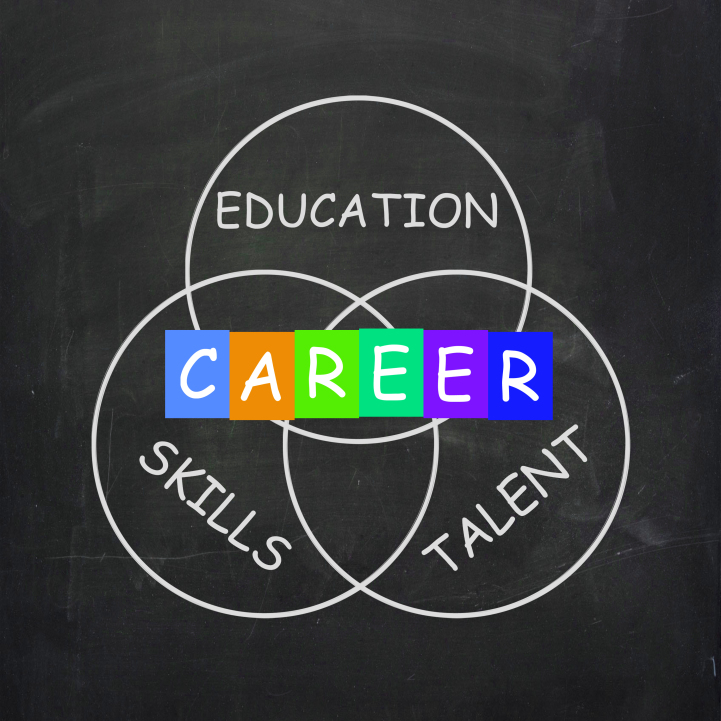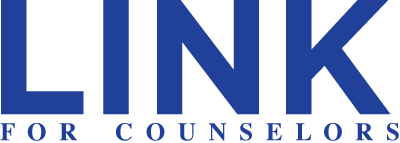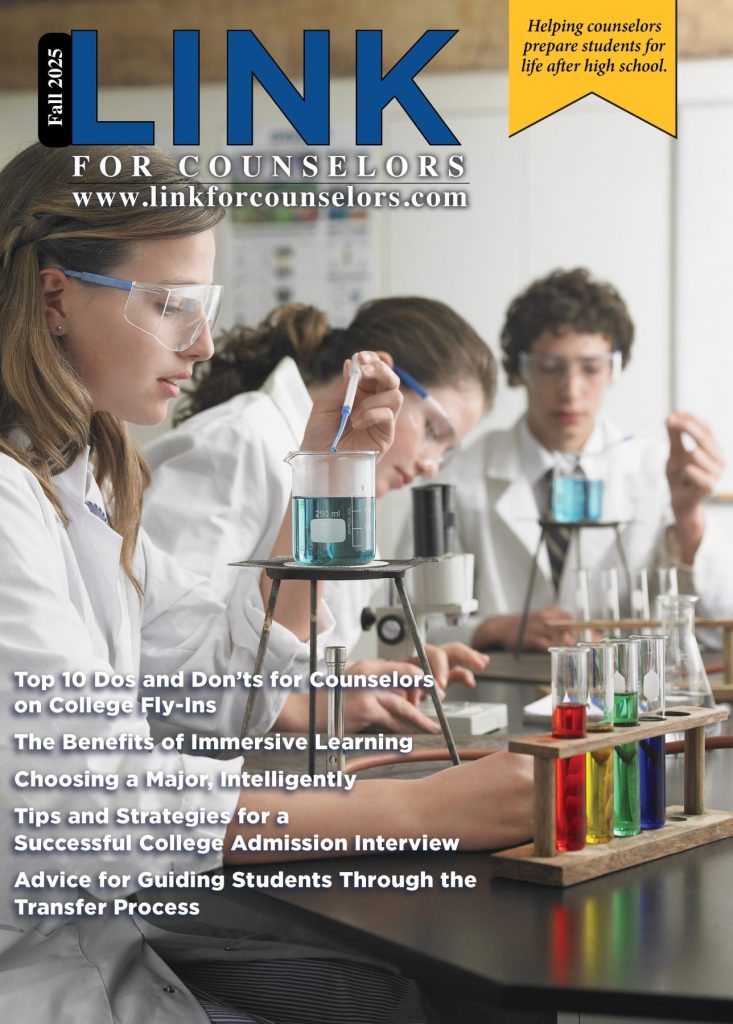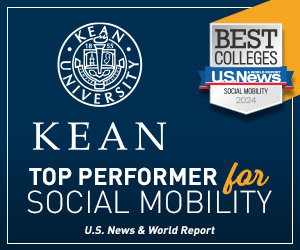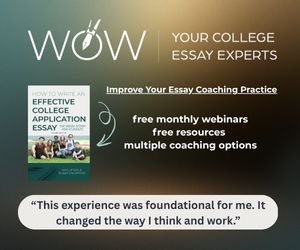Why this College Counselor has a 100% placement rate
The nation’s high school students are well aware that it’s never been harder to get into a top college.
Just last year, Yale’s acceptance rate hit 6.31 percent, near an all-time low. Princeton offered admission to just 5.5 percent of a record 35,370 applicants and at Harvard, the admission rate fell below 5 percent for the first time ever, to 4.59 percent of applicants securing spots in the Class of 2022.
With competition among college applicants at an all-time high,more families are turning to expensive private consultants, but the number of high school guidance counselors available to students has been steadily dwindling.
Currently, the national student-to-counselor ratio is 482 to 1, according to the National Association for College Admission Counseling.
“Research shows that access to a school counselor can make a significant difference in student persistence/retention, students’ postsecondary aspirations and students’ likelihood of enrolling in postsecondary education,” the association said.
That’s particularly clear at Southland College Prep Charter High School in suburban Chicago.
Robert Lane is the assistant to the CEO and the school’s only college counselor. Yet, he said his approach has resulted in a 100 percent college acceptance rate, including getting graduates into top universities such as Princeton, Stanford and Yale. (This year there are 117 members of the class of 2019 who will graduate in May and so far every member of every one of Southland’s first five graduating classes has applied to college — and every member of every class was accepted.)
“We are not only finding that right fit, but we make sure they are selecting school where they’ll graduate in four years,” he said.
Southland, founded in 2010,also credits itsnine-hour school day, small classes and focus on extracurricular activities as contributors to its high college admissions and persistence rates.
In fact, Southland is the only public school in Illinois with a population that is more than 90 percent African-American to be ranked “exemplary” from the Illinois State Board of Education, which means it does not have any underperforming student groups. Students gain admission through a public lottery system, and enrollmentis capped at just over 500.
To help each upperclassman be highly competitive in the college admissions process, Lane does not rely on academics alone. “Your grades will only get you into the conversation,” he said. He advises students to start journals early in high school, which will lay the ground work for a compelling college essay down the road.
“When you go back and look at your journal, you are full of stories that speak to your perseverance,” he said. “These are the things people want to know.”
Lane also works with families to determine which schools will be more cost-effective in the long run. Picking a college based on sticker price “is one of the biggest mistakes I see families and students make,” he said. “A public school might be a third of the cost but they provide no need[-based aid].”
When it comes to offering financial aid, private schools typically have more money to spend, and that can bring costs way down, Lane explained. “You have to know the financial resources that schools have to provide more support,” he said.
Poor counseling leads to bad decisions, he added — and that results in “too many loans and too many defaults.”
Lane also plays a large role helping the students find scholarship funding, helping secure more than $100 million in merit scholarship offers for the first five graduating classes of the charter school.
But it’s not just about paying for college, Lane added. “We work with a population that has a lot of first-generation college students,” he said. “We have to have real conversations about finding the schools that meet and suit your interests.”
That means “this student is going to be able to balance a course load and find happiness,” he said.

